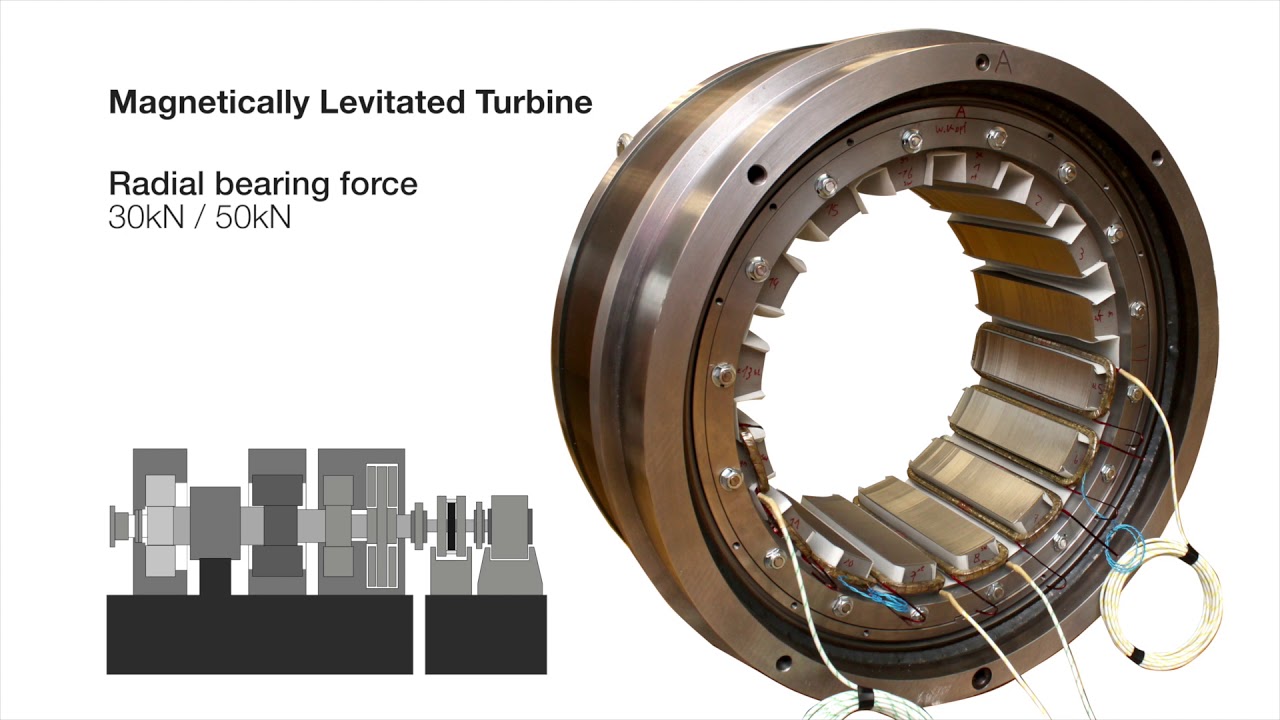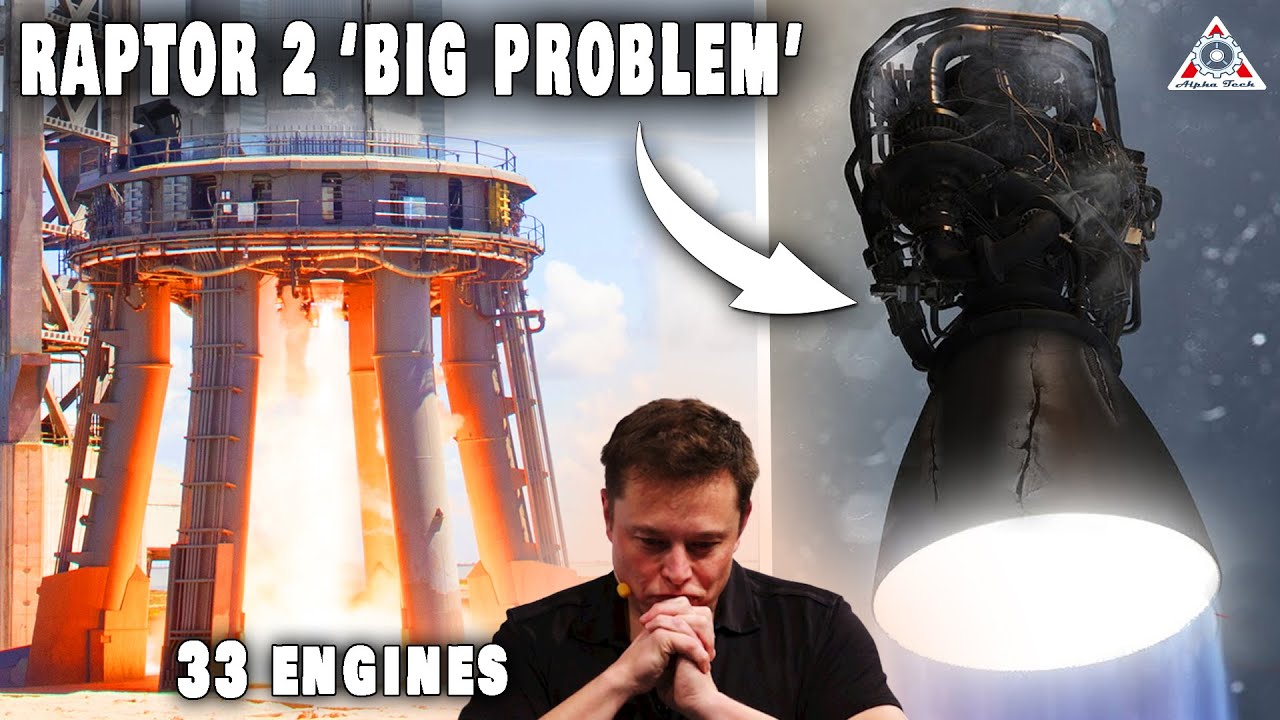OH, the sexism (or is it genderism?) of girls pulling a locomotive! I imagine there are fascinating specialty applications for bearings. I wonder, for instance how small some must be and whether magnetism is recruited in some applications so as to reduce friction? Are there even contact-less magnetic bearings?
Magnetic bearings are a thing, and are widely used in applications such as precision gyroscopes and ultracentrifuges. They are considered a strategic material because they are essential to manufacture gas centrifuges for enriching uranium. Here is U.S. Patent 2,256,937, granted in 1941, on “Suspension of rotatable bodies” by magnetic bearings.
Another low-friction, non-contact bearing technology is fluid bearings, where a gas or liquid separates the bearing surfaces. Most computer hard disc drives use air bearings, where the spinning of the disc pressurises the air which forms the bearning,
Here are two short videos from manufacturers of magnetic bearings.
I never knew a video about bearings could be so captivating! I love the comedy, the whimsical demonstrations, and optimism for the future.
My favorite quotes:
Here is a locomotive equipped with anti-friction bearings.
Here are some girls!
The industrial engineer today may let his imagination roam where it will. No longer does the old enemy bearing trouble limit his ideas. Instead, his ideas are given impetus – wings. He knows that with bearings such as he has to work with now, American anti-friction bearings, we can build this machine age of ours into the mightiest age of all time!
We had an earlier post here about bearings on 2022-05-09, “The Secret Life of Components—Bearings”, with Tim Hunkin.
Bearings were a major concern in the our ultracentrifugal rocket engine. Magnetic bearings would have been nice but we stuck with ceramics for simplicity’s sake. However, Gary Hudson’s suggestion that we use magnetic confinement of the engine to minimize rotating mass within a structure robust enough to contain the equivalent of an exploding clutch is, essentially, a really powerful magnetic bearing. While it may be reasonable to discount the mass somewhat due to its dual function of explosion containment and magnetic confinement it is still somewhat concerning.
I don’t know if this Alpha Tech video is overplaying the problems with the Raptor turbine pumps or not, but it seems plausible that by pushing things to the limit in that engine, SpaceX may be heading down a Raptor flight-requalification process analogous to the Space Shuttle Main Engine SSME. If so, reducing the part count with the ultracentrifugal engine might become a lot more attractive. Possibly attractive enough to revisit that approach, including Gary’s idea.
Well, the narrator simply oozes contempt for SpaceX’s preference to live test with quick iterations versus NASA’s preference for modeling and bureaucracy.
Meh. His low but non-zero subscriber count seems appropriate. The few NASA fanboys need an outlet for their biases, after all.
Yeah I picked up on that bias when I first subscribed to that channel – but as biased as it is, it isn’t nearly as bad as the “NASA fanboy bias” I ran into circa 1990, so my bogometer may need recalibration.



